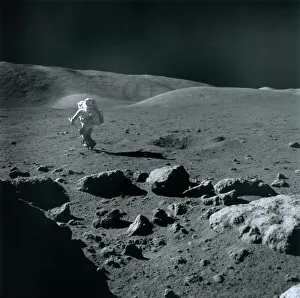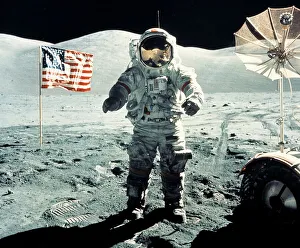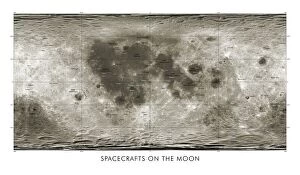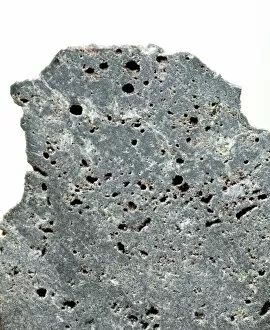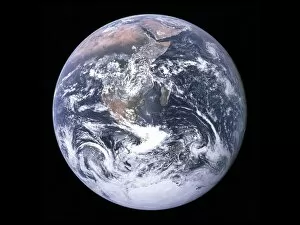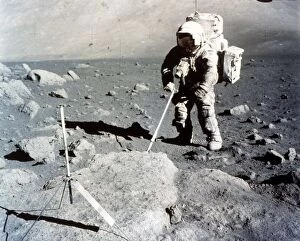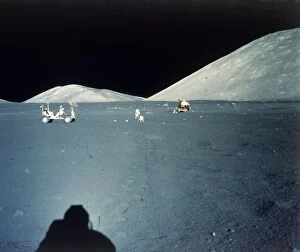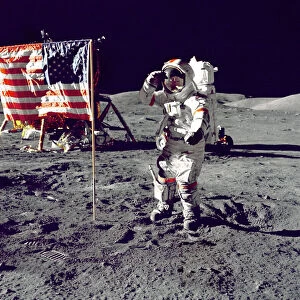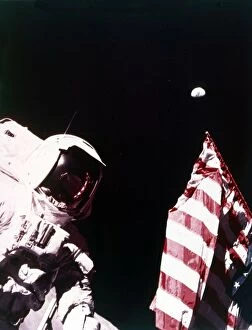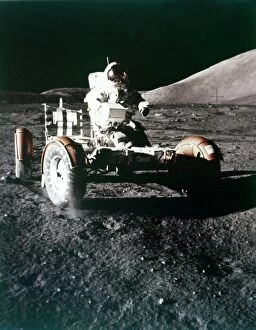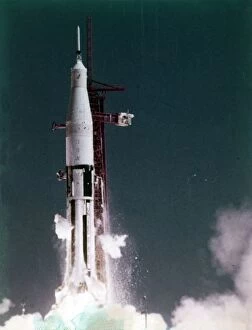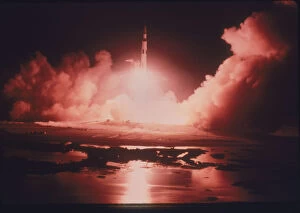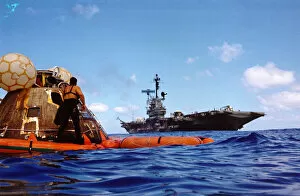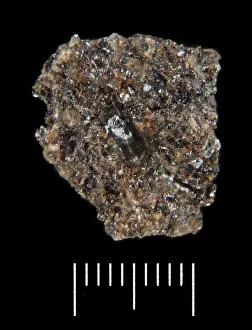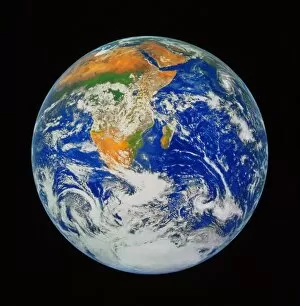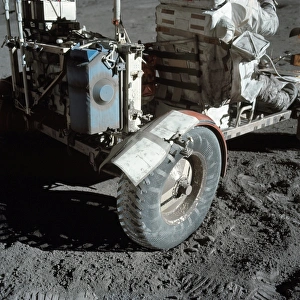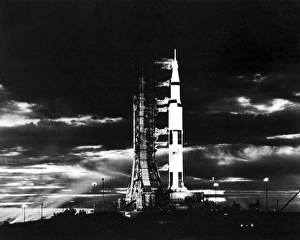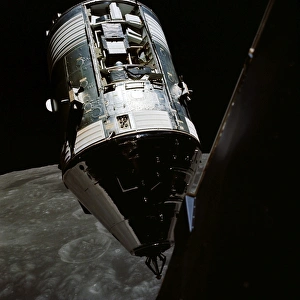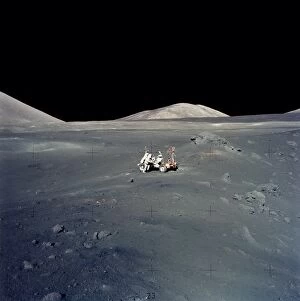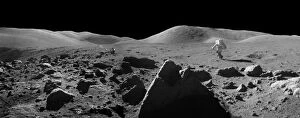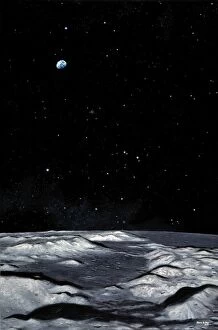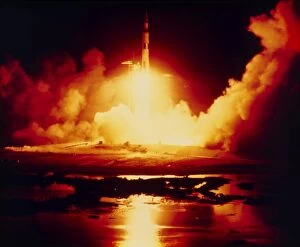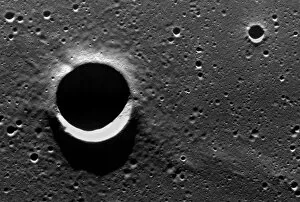Apollo 17 Collection
"Apollo 17: Exploring the Final Frontier" In December 1972, Apollo 17 astronaut Eugene Cernan embarked on a historic journey to the Moon
All Professionally Made to Order for Quick Shipping
"Apollo 17: Exploring the Final Frontier" In December 1972, Apollo 17 astronaut Eugene Cernan embarked on a historic journey to the Moon. As he stepped onto the lunar surface, he became one of the last humans to ever set foot there. The iconic image of Cernan on the Moon during Apollo 17 remains etched in our collective memory. From his vantage point, Cernan witnessed a breathtaking sight - a full Earth suspended in space. This mesmerizing view served as a reminder of our planet's beauty and fragility. The spacecraft that brought them to this lunar landscape stood proudly against the barren backdrop. Equipped with detailed lunar maps, they navigated their way across this desolate terrain. Apollo 17 left an indelible mark on history by bringing back samples of lunar basalt – tangible evidence of our celestial neighbor's composition and evolution. To aid their exploration, astronauts utilized the revolutionary Apollo lunar rover. This ingenious vehicle allowed them to cover greater distances and collect valuable data about the Moon's geology. One remarkable photograph captured "The Blue Marble" - Earth seen from space. Taken by NASA during this mission, it showcased our planet's vibrant colors and delicate atmosphere like never before. As Harrison Schmitt wielded his scoop on the lunar surface, he diligently collected samples for scientific analysis back on Earth. These precious specimens provided invaluable insights into our understanding of planetary formation and geological processes. Astonishingly, even amidst vastness, human presence was dwarfed by colossal rocks scattered across the moon’s surface – a humbling reminder of nature’s grandeur. Commanding attention was also given to capturing images showcasing crescent Earth hanging delicately in space – an awe-inspiring sight that evoked both wonderment and introspection among those who beheld it. Finally, as Apollo 17 completed its mission with resounding success, we were reminded once again of the incredible engineering marvel that was the command and supply capsule.

